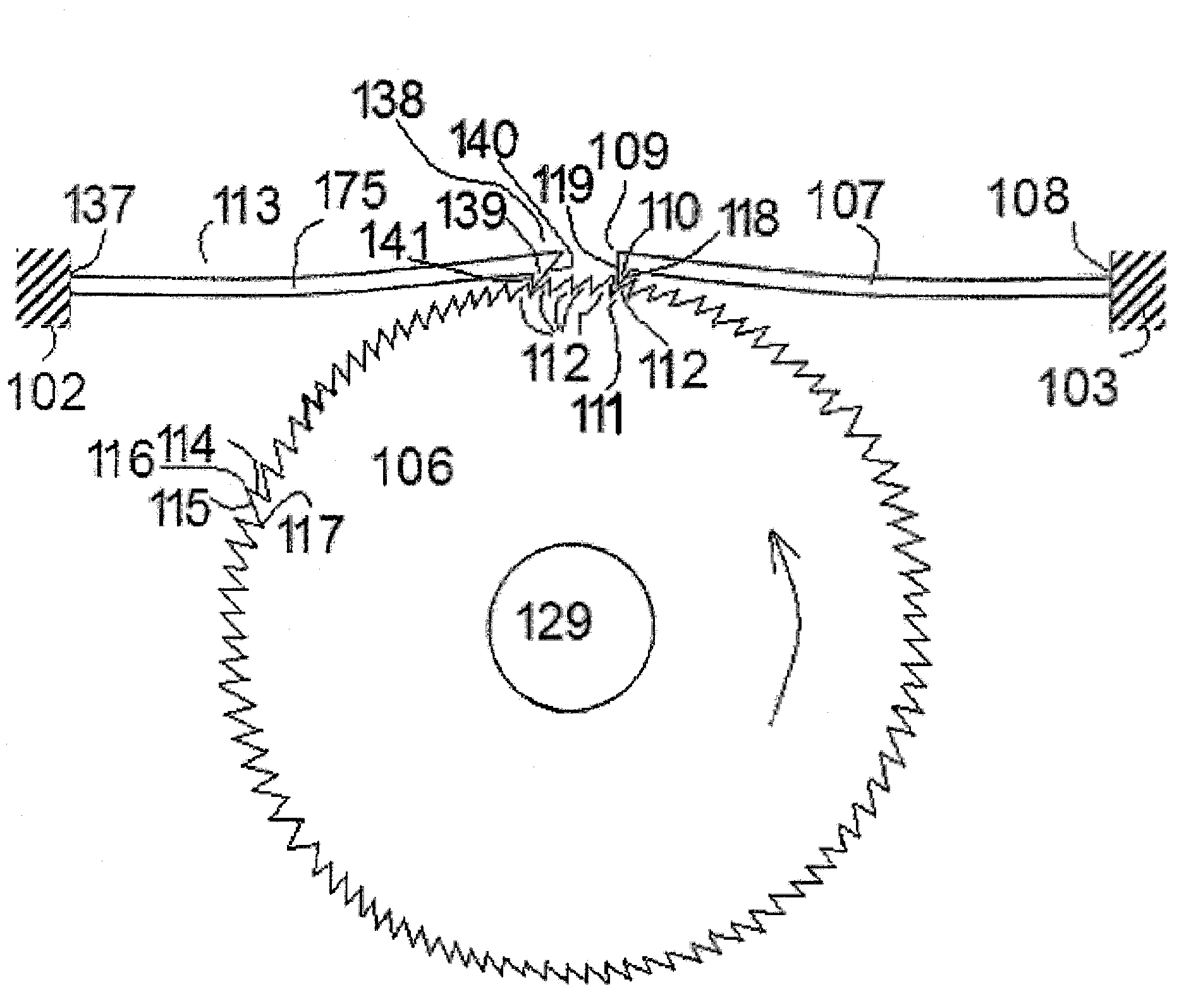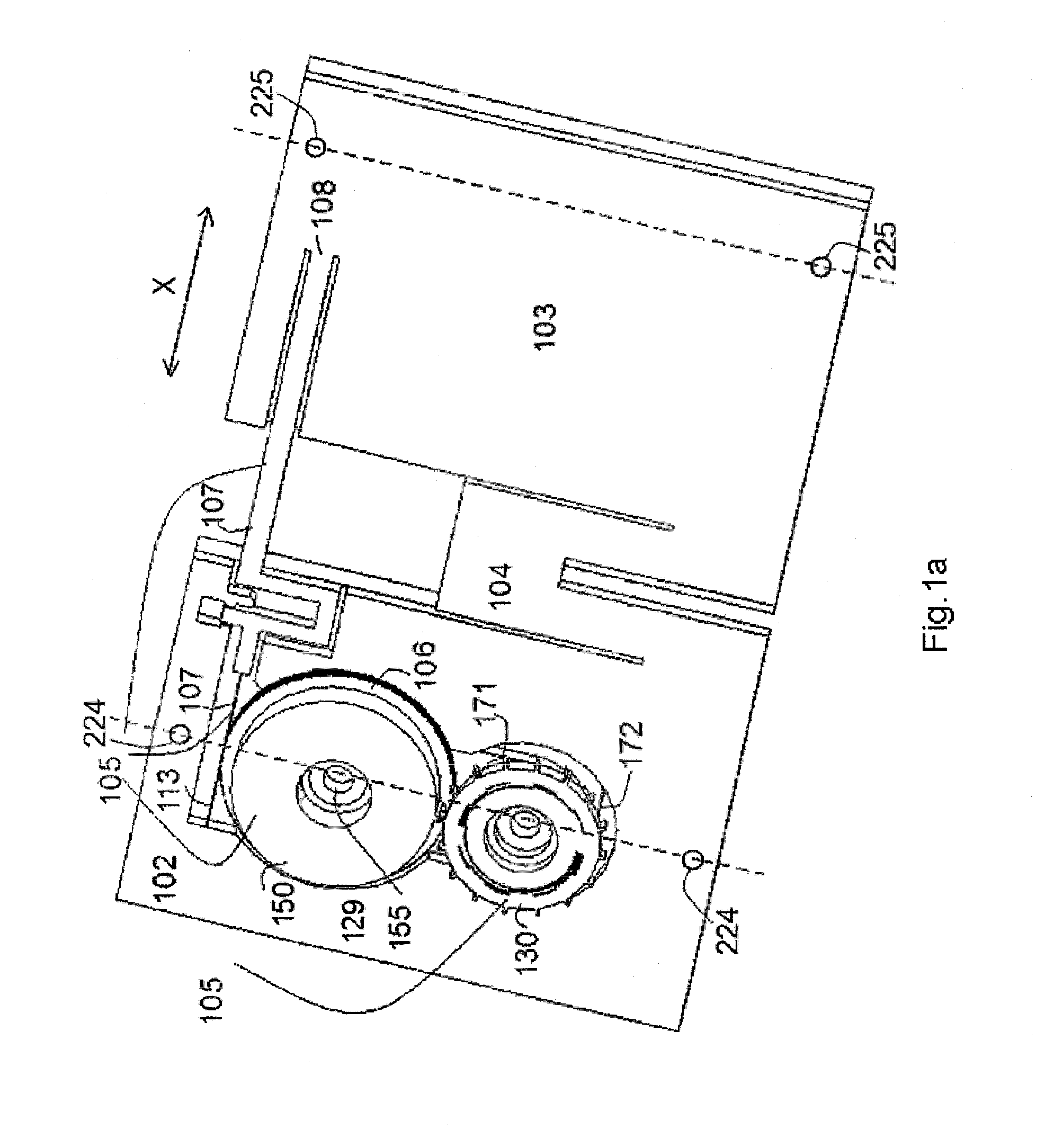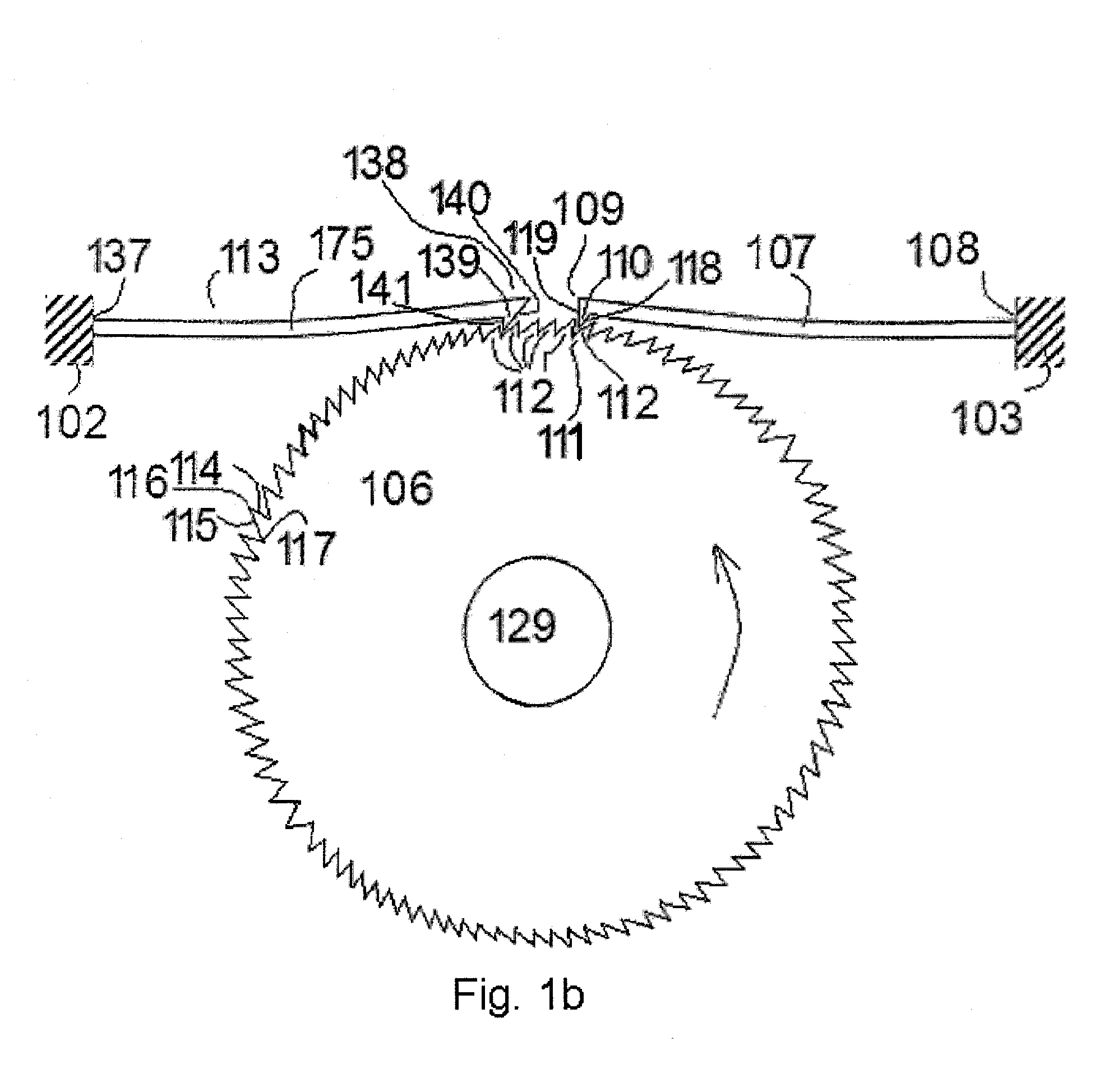Passive, reversible deformation sensor
- Summary
- Abstract
- Description
- Claims
- Application Information
AI Technical Summary
Benefits of technology
Problems solved by technology
Method used
Image
Examples
Embodiment Construction
[0045]FIG. 2 shows a diagram of a first alternative embodiment of a support 9 usable in a reversible and passive sensor of deformations in a direction OX of a structure according to the invention.
[0046]This support 9 is provided with two L-shaped sub-assemblies 10, 11, arranged head-to-foot and separated by a gap 12 and respective bases 13, 14 of which are, in part, anchor areas for anchoring the support 9 on the structure to be monitored.
[0047]In this exemplary embodiment, these bases 13, 14 each comprise two bores 15, 16 and 17, 18. The axes Y1 and Y2 passing respectively through the centers of the bores 15, 16 and 17, 18 are perpendicular to the axis OX while the axes X1 and X2 passing respectively through the centers of the bores 15, 17 and 16, 18 are parallel to the axis OX.
[0048]The second portions 21, 23 of the Ls perpendicular to the respective bases 13 and 14 are positioned along the axis OX.
[0049]The second portion 21 of the first sub-assembly 10 is provided with three bor...
PUM
 Login to view more
Login to view more Abstract
Description
Claims
Application Information
 Login to view more
Login to view more - R&D Engineer
- R&D Manager
- IP Professional
- Industry Leading Data Capabilities
- Powerful AI technology
- Patent DNA Extraction
Browse by: Latest US Patents, China's latest patents, Technical Efficacy Thesaurus, Application Domain, Technology Topic.
© 2024 PatSnap. All rights reserved.Legal|Privacy policy|Modern Slavery Act Transparency Statement|Sitemap



